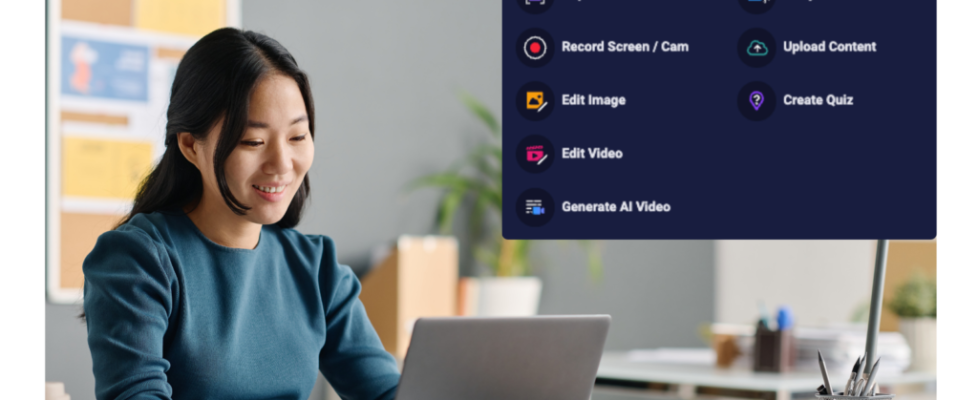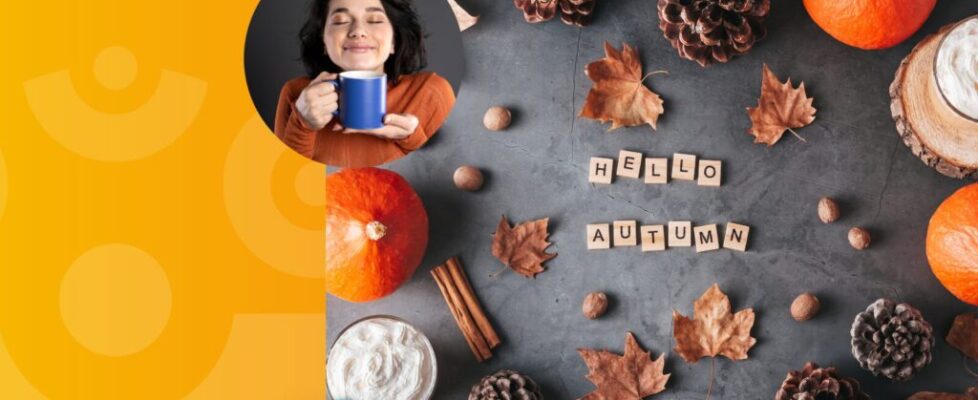Blended learning is the future of education. This concept is writing a new rule book on how students around the world learn. Michele Eaton, Director of Virtual and Blended Learning at MSD of Wayne Township in Indianapolis, is witnessing education evolve right in front of her eyes. In recent years, she’s become a part of the technological movement in education. Eaton sees a world where learning can happen anytime, anywhere, despite a student’s socioeconomic class or location. She is breaking the stigma of online learning by bringing technology into the classroom and connecting students to a broader world.
The Impact of Technology
Eaton is ambitious. While teaching second grade, she started pursuing her master’s degree through an online program at Indiana University-Purdue University, Indianapolis.
Eaton says, ”I went into the master’s program with the same misconceptions that a lot of people have: Online learning is this cheap imitation of face-to-face instruction.” However, Eaton quickly realized that blended learning programs offered more than she anticipated. With this teaching method, she had flexibility and gained a strong connection with her peers and professors living all over the United States.
A lightbulb went off in her head about how easy it was to learn online, and she was hooked. As a result, her personalized learning experience taught her an invaluable lesson about the positive effects that technology can have in the classroom. She soon became an advocate for using virtual and blended learning models in schools.
A Remarkable Discovery in the Classroom
As a primary school teacher, Eaton found a disparity in the classroom while teaching small group exercises. She designed stations featuring different activities for her students that provided a more focused instruction in the classroom. Despite the confidence, she gained with the small group exercises, she was concerned that she wasn’t available enough for one-on-one personalized sessions with her students.
That’s when she realized that using technology in the classroom would work. She adapted her activity stations into a digital format and quickly saw the impact on her students. “Immediately what that did was create transparency and a record of the learning that was happening,” she said.
Eaton reviewed statistics at home and saw that learning comprehension was improving. She could interact with students digitally, leave comments on their work, and ask questions. Technology paved the way for her to create new classroom instruction and help formulate lesson plans without having to worry.
“I was essentially able to clone myself and feel confident they were learning,” Eaton said.
 From this remarkable discovery, Eaton believes technology can solve problems that educators face. It can help bridge the digital divide between low- and high-socioeconomic students. Students are given a chance to learn equally and experience technology through meaningful experiences.
From this remarkable discovery, Eaton believes technology can solve problems that educators face. It can help bridge the digital divide between low- and high-socioeconomic students. Students are given a chance to learn equally and experience technology through meaningful experiences.
At the same time, educators have a powerful tool to track the progress of their students, create new material based on the data, and focus attention where students need it most. Eaton believes it amplifies great instruction from a teacher. Overall, it gives educators a tool to perform better for their students.
“Everybody deserves learning like this,” Eaton said.
Using Technology Tools to Educate
The technology to make learning easier starts with the tools. Eaton and her staff rely on technology tools such as those created by ScreenPal to help drive video conversations with their students. ScreenPal is an affordable and easy-to-use screen capture and video editing platform used by educators worldwide. Teachers can create video tutorials and lessons for class by using ScreenPal’s many features that allow video to enhance classroom learning.
Eaton says, “I tell teachers all the time—this is one of the most powerful things you can do when you’re creating digital content, especially if you’re talking about learners you can’t see.”
She strongly believes that students respond best to teachers who leverage video showing their faces on-screen. This feature provides a meaningful connection with students and it shows that teachers care.
Eaton prefers a simple and cleanly edited video rather than a polished one. From her experience, it’s about the people in the videos, not about any flashy graphics or special effects.
“Online learning is not about the content; it’s about the people behind the screens—students and teachers. It’s one of the most powerful things we can do when we’re making content,” she says.
Eaton believes technology will make a lasting impact on students of the future. Once visual and blended learning becomes commonly used in classrooms around the world, Eaton believes academic achievement will skyrocket.
About Michele Eaton
Michele Eaton is the director of visual and blended learning at MSD of Wayne Township in Indianapolis. She was recognized by Education Week for her leadership in blended learning.
Eaton focuses on staff and course development for Achieve Virtual Education Academy and provides leadership for the district’s blended initiatives.
Share Your Story
ScreenPal would like to thank Michele Eaton for her continued effort and determination to spread the use of educational technology with students and teachers in the classroom. If you have a similar story to tell or would like to share the story of an extraordinary educator, email our marketing team (marketing@screenpal.com).
Quick Links
How video enhanced this company’s way of communicating

































